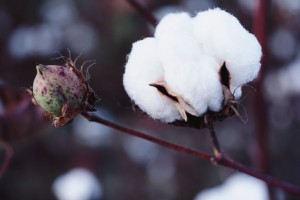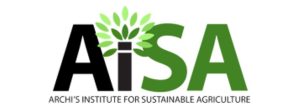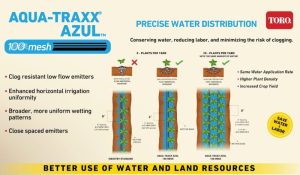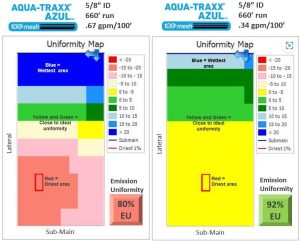 Loyd Jordan is a 3rd generation farmer who cultivates 3,500 acres southwest of Lubbock in Terry and Lynn counties, Texas. He irrigates 1,250 acres with pivots and, most recently, 300 acres with subsurface drip irrigation. A neighbor had tried drip and said good things about water savings, getting increased yields on fewer acres, and how easy it was to apply fertilizers and control insects. So in 2004, Jordan installed 40 acres. He liked it so much that he installed an additional 120 acres in 2007, and then another 140 acres in 2009. Now he prefers drip to the pivots he has used for so many years.
Loyd Jordan is a 3rd generation farmer who cultivates 3,500 acres southwest of Lubbock in Terry and Lynn counties, Texas. He irrigates 1,250 acres with pivots and, most recently, 300 acres with subsurface drip irrigation. A neighbor had tried drip and said good things about water savings, getting increased yields on fewer acres, and how easy it was to apply fertilizers and control insects. So in 2004, Jordan installed 40 acres. He liked it so much that he installed an additional 120 acres in 2007, and then another 140 acres in 2009. Now he prefers drip to the pivots he has used for so many years.
“I can get three bales of cotton per acre with 16 inches of drip water, but only 2.25 bales per acre with 16 inches of pivot water,” says Jordan. “Wind is a big factor out here where we have limited water supplies.” Although water is not yet being allocated, there are limitations on drilling new wells in the Ogallala aquifer, so every drop counts. But there are other reasons he likes the drip, too. “Pivots are always in the way when we need to cultivate, and water is always heavy in one spot so it gets muddy. And you need a mechanic to deal with all the electrical and mechanical problems. The energy costs associated with pivots are a concern, and the insurance costs add up, too.”
Click here to learn more about drip irrigation on cotton. For Spanish, click here.




